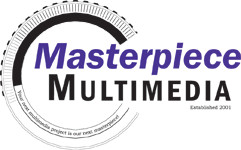Having your memories turned into digital files is a great way of ensuring their preservation. Once they are made into a file, they can easily be shared or kept safe on a computer or hard drive. We actually suggest getting an extra drive to put your files on and keep in a safe place for the ultimate protection of your memories. Solid state drives offer large capacity with low risk of failure.
The kind of digital file needed will depend on what you plan on doing with the file(s) and the type of computer you have. Different digital file types are better for different tasks. If you are planning on editing your files, you probably want MOV or AVI files, because they are the most uncompressed. This ensures you keep the highest quality of file throughout the editing process. If you are looking to upload your files to the internet (Youtube, Facebook, etc) you might want to consider MP4 files, because they are very compressed and will be much faster to upload. You won’t have any quality loss just because an MP4 file is a more compressed file.
Mac and PC also tend to like different kinds of files. Typically, AVI, MPEG, and WMV files work best for PC. MOV and MP4 files work well with MAC. However there are always crossovers that will allow these file types to work on any operating system. Due to the end of widows support for Quicktime, there could be long term challenges with viewing or editing .MOV or .MP4 files on windows computers. Quicktime decided to no longer make updates for windows and this has caused a security risk.
At the end of the day, preservation of old media into digital media allows for safe storage and longevity. File formats can always be changed. Our recommendation is to capture and save at at-least a resolution that is as high as the starting media.
